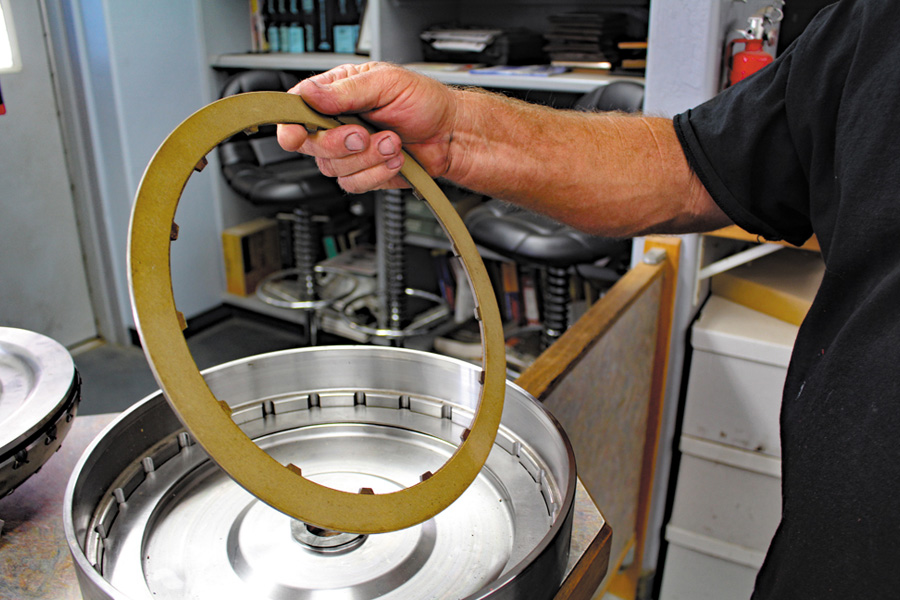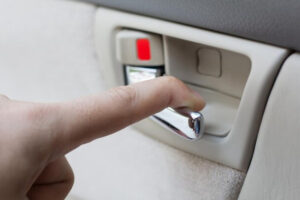Factors Influencing Torque Converter Selection for Automotive Applications

Image Source: www.dieselworldmag.com
Torque converters are fault-finding components in mechanical transmissions, arbitrating the power transfer between the engine and the wheels. Selecting the appropriate torque preacher is paramount for optimum vehicle performance, adeptness, and longevity.
This item delves into the key factors influencing torque converter selection, checking the intricate interaction of engine characteristics, broadcast design, and operational necessities. Understanding these factors enables engineers to pick the ideal converter for distinguishing applications, ensuring a smooth and powerful forceful experience.
Engine Characteristics: A Foundation for Converter Selection
The engine’s manufacturing characteristics significantly influence the collar converter’s design. Crucially, the diesel’s torque curve, particularly at depressed RPM, dictates the converter’s capability to provide adequate torque multiplication all the while acceleration. Engines with extreme peak torque at low RPM demand converters capable of managing substantial torque duplication. Visit the shop for Auto Repair in Houston, TX for more information.
-
Engine Torque Curve:
A torque preacher must effectively transmit the generator’s torque harvest across the entire operating range, particularly all the while acceleration and reduced-speed maneuvers. A converter optimized for an extreme-torque, low-RPM instrument will likely struggle with an instrument boasting high strength at higher RPMs.
-
Engine Power Output:
The instrument’s power output, alongside the torque, plays a role in deciding the converter’s required ability. Higher power outputs often necessitate the best, more robust converters to handle the raised load.
-
Engine Speed Range:
The engine’s operating speed range influences the converter’s design. A preacher optimized for a narrow generator speed range might not perform as capably across a wide range.
Transmission Design Considerations: Matching Converter to them
The transmission’s design, including allure gear ratios and overall construction, interacts closely accompanying the torque converter. The preacher’s ability to flatly transition between transformer and transmission speeds is important.
-
Gear Ratios:
The gear ratios of the transmission straightforwardly impact the torque preacher’s operating conditions. Different gear ratios demand various levels of torque multiplication and speed-equal capabilities.
-
Transmission Type:
The type of mechanism for transmitting power (e.g., planetary gear sets, torque-sensing personal power) significantly affects the preacher’s design requirements. A steadily variable transmission (CVT) ability requires a various converter design compared to a usual automatic transmission.
-
Cooling System Integration:
The thermal administration system of the broadcast and engine needs to be agreeable with the twisted item converter’s size and design. An extreme-performance preacher might generate more heat, needing an efficient cooling plan.
Conclusion
Selecting the appropriate torque preacher is a multifaceted process that makes necessary a thorough understanding of engine traits, transmission design, functional requirements, and manufacturing concerns.
By carefully taking everything in mind these factors, engineers can choose a preacher that optimizes vehicle performance, effectiveness, and durability. The correct torque converter ensures logical driving, from effortless start-up to effective acceleration and smooth changes, ultimately enhancing the overall boat experience.




